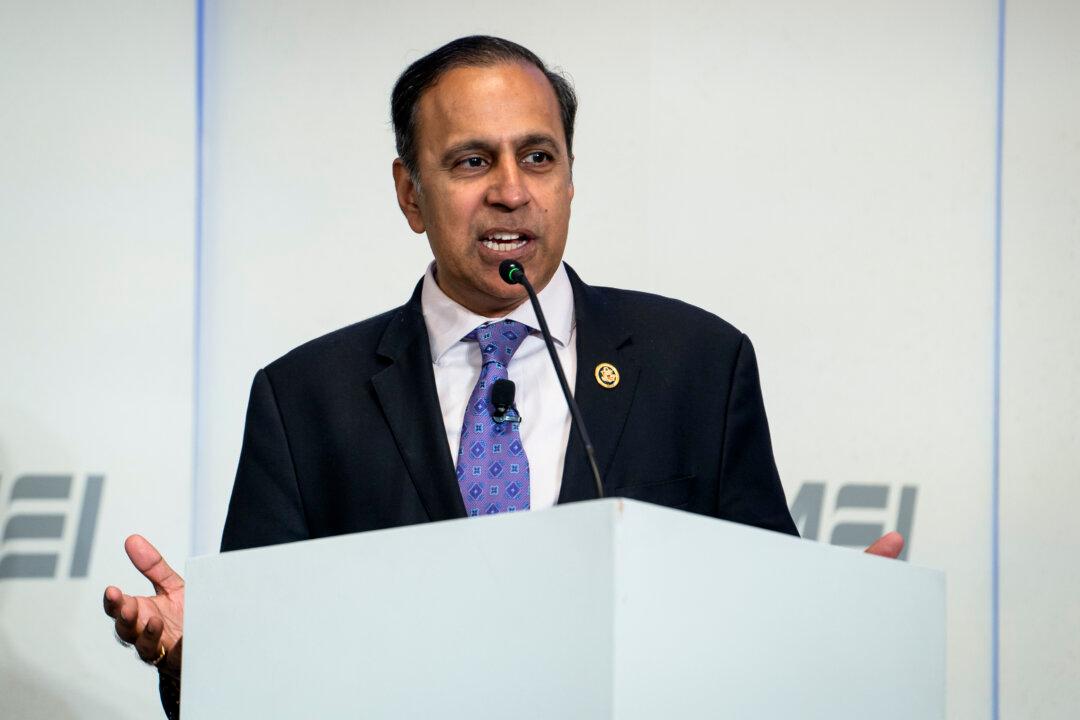The United States says it will impose tariffs on five solar panel companies that have been finishing their products in Southeast Asia to avoid U.S. tariffs on Chinese-made goods.
The tariffs, announced on Aug. 18, won’t take effect until June 2024, when a two-year waiver from President Joe Biden is set to expire.





